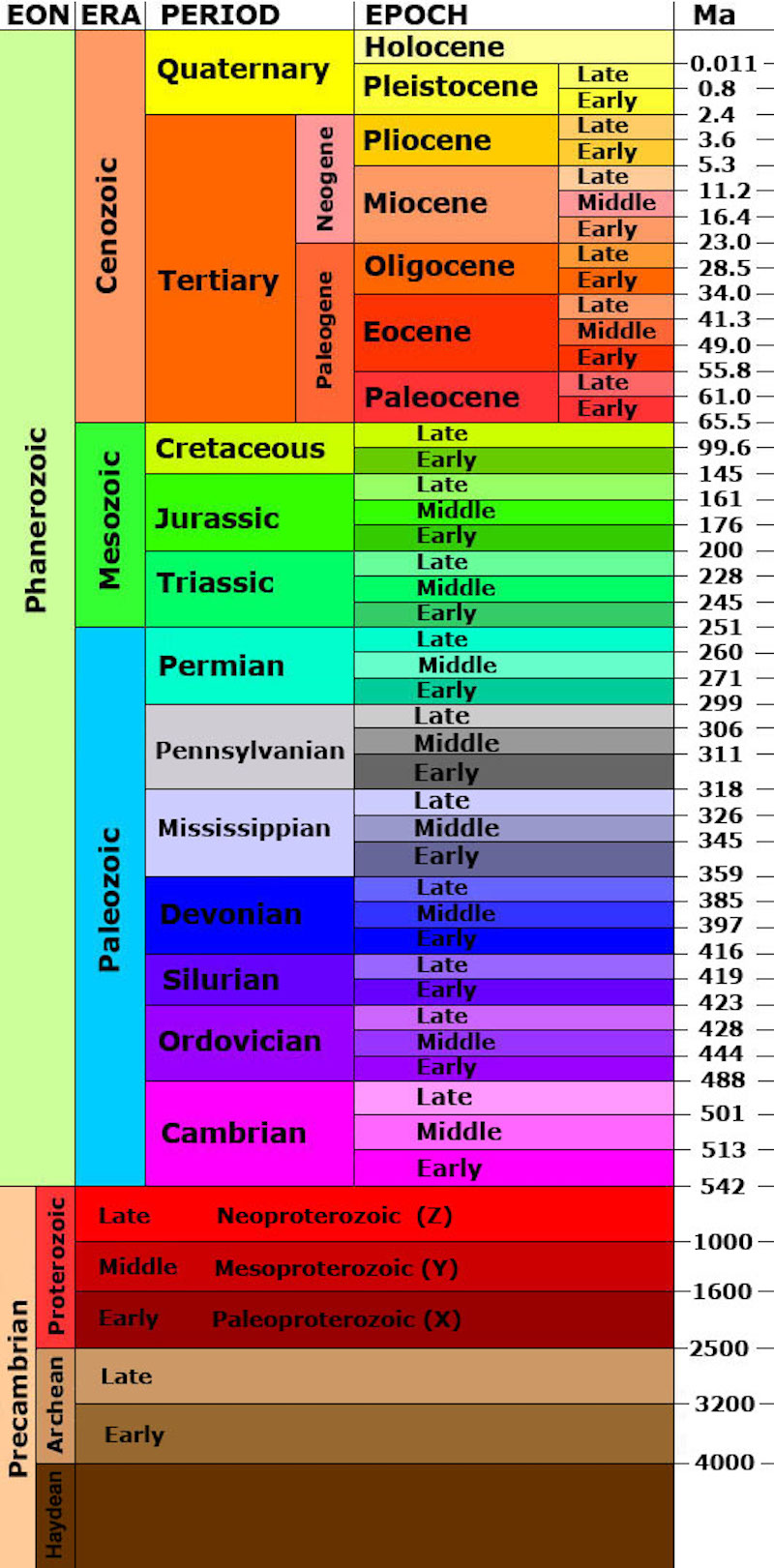The Great Oxidation Event, which occurred between 2.1 and 2.4 billion years ago, fundamentally transformed Earth's atmosphere and made complex life possible. Before this period, oxygen producing cyanobacteria had evolved hundreds of millions of years earlier, yet atmospheric oxygen levels remained low for an extended period. Scientists have long wondered over this delay, exploring various explanations from volcanic gases to microbial activity. A recent study from Okayama University in Japan offers a fresh view on this ancient mystery by examining two unlikely culprits, nickel and urea.
Dr. Dilan Ratnayake and his team conducted a clever two part experimental investigation to understand what kept cyanobacterial populations in check during Earth's Archean period, approximately 4 to 2.5 billion years ago. The first set of experiments tested whether urea, an essential nitrogen source for life, could form without biological processes under early Earth conditions. They exposed mixtures of ammonium, cyanide, and iron compounds to intense ultraviolet radiation, mimicking the harsh UV environment that bathed our planet's surface before the protective ozone layer existed. The results confirmed that urea could indeed form in the absence of life processes in these primordial conditions.
 Geologic time scale covering the Precambrian and Phanerozoic eons with detail down to the epoch. The Archean Era can be seen to lower left (Credit : United States Geological Survey)
Geologic time scale covering the Precambrian and Phanerozoic eons with detail down to the epoch. The Archean Era can be seen to lower left (Credit : United States Geological Survey)
The second phase focused on growing cultures of synechococcus cyanobacteria under controlled light dark cycles consistent with early Earth conditions and with varying concentrations of urea and nickel in their growth media. The team discovered something unexpected. While cyanobacteria need these substances as nutrients, high concentrations actually inhibited their growth and prevented the massive blooms necessary to substantially increase atmospheric oxygen.
Nickel has a particularly complex relationship with urea. The metal is essential for the enzyme urease, which breaks down urea into ammonia that cyanobacteria can use. However, nickel also plays a role in urea's formation in living processes. When both nickel and urea concentrations were elevated in early Archean oceans, they created a biogeochemical bottleneck that kept cyanobacterial populations sparse and short lived.
 Microscope image of Cylindrospermum, a filamentous genus of cyanobacteria (Credit : CSIRO)
Microscope image of Cylindrospermum, a filamentous genus of cyanobacteria (Credit : CSIRO)
The researchers propose that as geological processes gradually reduced oceanic nickel and urea concentrations over hundreds of millions of years, cyanobacteria finally had the opportunity to flourish. This sustained expansion of oxygen producing microbes eventually triggering the Great Oxidation Event, fundamentally altering Earth's chemistry and paving the way for the evolution of complex, oxygen-breathing organisms like ourselves.
The findings beautifully demonstrate that Earth's environmental changes resulted from intricate transformations between inorganic and organic compounds. Sometimes the most profound changes in planetary history hinge on the subtle balance of elements and simple molecules, even ones we might find rather unglamorous today.
Source : Earth's oxygen boom: How nickel and urea in early oceans shaped microbial life and set the stage

